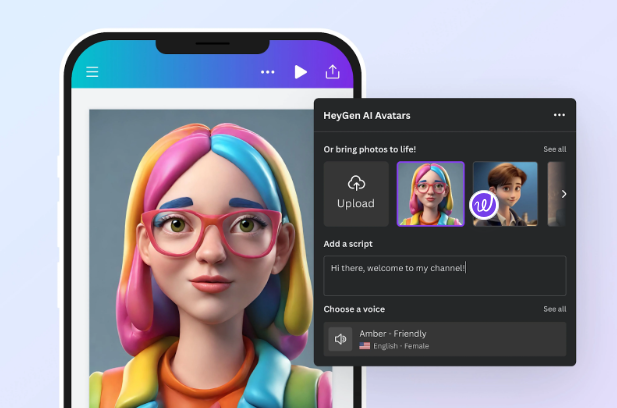In the evolving world of B2B marketing, staying ahead means embracing the latest technologies that can transform traditional approaches into dynamic, impactful strategies. Among these technologies, AI-driven video generation stands out as a powerful tool capable of revolutionizing how businesses engage with their audiences.
This comprehensive guide offers a fresh take on implementing AI video generation within your B2B marketing strategy, backed by practical examples and key statistics.
Introduction: The Shift Toward AI-Driven Video in B2B Marketing
The integration of artificial intelligence (AI) into video production is reshaping the marketing landscape. For B2B companies, this means an opportunity to produce high-quality videos that are both cost-effective and highly personalized. AI-driven video generation not only streamlines the creation process but also enhances the scalability of video content, making it an essential element for modern marketing strategies.
Step 1: Evaluate Your Video Marketing Needs – Assessing Your Current Strategy
Begin by assessing your current video marketing strategy. What are your goals? Who is your audience? Understanding these will help you determine how AI video generation can best be integrated.
Action Point: Conduct a survey or a focus group discussion with your marketing team to pinpoint gaps in your current strategy that AI could fill.
Step 2: Choose the Right AI Video Generation Tool – Selecting a Platform
Several AI platforms can automate various aspects of video production, from scriptwriting to visual editing. Examples include Synthesia, Lumen5, and Magisto.
Consideration: Look for tools that offer features specific to your needs, such as customization options, ease of use, and integration capabilities.
Stat Insight: According to a report by Cisco, video content will represent 82% of all internet traffic by 2022, underscoring the importance of investing in robust video generation tools.
Step 3: Integrate AI Video into Your Content Calendar – Strategic Planning
Incorporate AI-generated videos into your content calendar. Plan regular releases and use AI to help schedule posts when they are most likely to capture your audience’s attention.
Practical Example: If your data shows that customer engagement peaks mid-week, schedule your AI-generated video releases for these days to maximize views and interaction.
Step 4: Tailor Content with AI Personalization – Enhancing Viewer Engagement
Utilize AI’s capability to personalize video content based on viewer data. This can mean adjusting the video’s language, tone, and even visual elements to better suit different segments of your audience.
Application: Use AI to create versioned videos that address different industries you serve, highlighting specific solutions for each sector.
Step 5: Measure and Optimize Performance – Analytics and Feedback
With any marketing strategy, measurement is key. Use AI tools to gather data on how your videos are performing in terms of engagement, conversion rates, and overall reception.
Action Point: Implement feedback loops that allow you to fine-tune video content based on viewer responses and analytics.
Conclusion: Future-Proofing Your B2B Marketing
AI-driven video generation is more than just a technological advancement; it’s a strategic asset that can future-proof your B2B marketing efforts. By following this step-by-step guide, businesses can not only streamline their video production process but also enhance the relevance and impact of their marketing content.
As AI technology continues to evolve, its integration into your marketing strategy will ensure that your business remains competitive in a rapidly changing digital landscape. Remember, the goal of AI video generation is not to replace human creativity but to augment it, allowing marketers to focus on strategy and storytelling while leaving the heavy lifting to machines.





